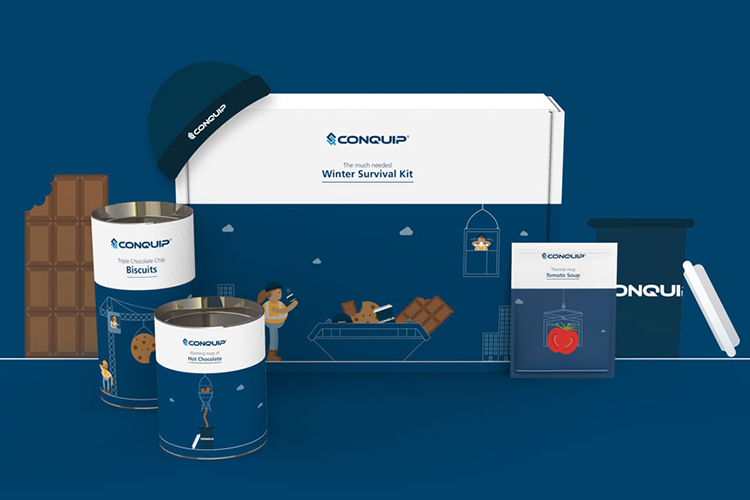While our products are always aimed at improving the efficiency of building processes and keeping staff safe on construction sites, we are also wary of ensuring site personnel have enough information to prepare for varying weather conditions, especially during the Winter months. This guide is designed to do just that, read on!
Dear Construction Guru,
We know that when winter gets proper stuck-in, some of the long days on site or in the office can get pretty drab… and muddy… and wet… and cold. But, it’s important to realise that there are actually serious health consequences of long-term exposure to cold or freezing temperatures without adequate protection or awareness.
Some of the health problems that you or your site teams could be exposed to are: trench foot, frostbite and hypothermia.
What are the symptoms of cold shock (hypothermia)?
- Uncontrolled shivering
- Cold and pale skin
- Slurred speech
- Slow, shallow breathing
- Weak pulse
- Clumsiness, confusion or lack of coordination
If you see someone with at least one of these symptoms, call for emergency help.
How do I control the risk for myself or my team?
- Check the forecast and the environmental conditions for the next day.
- Identify signs and symptom of cold-related illness and injuries.
- Be aware of the symptoms of hypothermia and other related health issues and train those around you about how to protect themselves.
- Wear appropriate clothing, including layers that could be adjusted to various weather conditions.
- Take short breaks in warm environments to warm up, or to dry your clothes.
- Work in pairs, if possible, so that you can be aware of your co-workers status and vice versa.
- Avoid drinks with caffeine or alcohol during cold weather periods. During the day, replenish your body with sugar water such as sports drinks or increase your calorie intake.
- Follow medical recommendations if you are under medical advice or taking any other prescribed medicine.
What other safety risks are increased by cold weather?
Working at Height
Work at height platforms or roof work is more hazardous if ice or snow are around. The risks of falls from heights are increased due to the risk of slipping being increased. This type of work should only be undertaken if sufficient/additional controls are put in place. For example, de-icing of working platforms prior to use.
Slips, Trips & Falls
The risk of these are greatly increased due to icy conditions. Walkways should be cleared of ice and snow with regular gritting/salting. Ensure hoses are not left running as the excess water will freeze and cause a further slip hazard.
Operating Construction Plant & Machinery
Caution must be exercised when accessing or egressing from construction plant as access steps and hand hold surfaces may be covered in ice. Vehicle wheel grip on the road or surface could be significantly reduced in icy conditions, which could put the operator and others in danger.
How can Conquip help?
Well, we sympathise extremely with working in the cold weather, as many of Team Conquip work outside or on site, so we wanted to bring some glimmer of light into your cold winter routine.
Our answer: The Conquip Winter Survival Kit!
We got a bit carried away trying to fit all of life’s comforts into a box. So, we’ve got a box stuffed with some useful bits to keep the cold off your backs. There’s something for everyone, literally: the one with cold ears, the tea-fanatic, the nose sniffler, the reuse-conscious and the chocaholic.
If you’re in need of a Winter Survival Kit, drop us an email: marketing@cqegroup.com

Credit Juan Rodriguez
Credit NHS
Credit HSE






